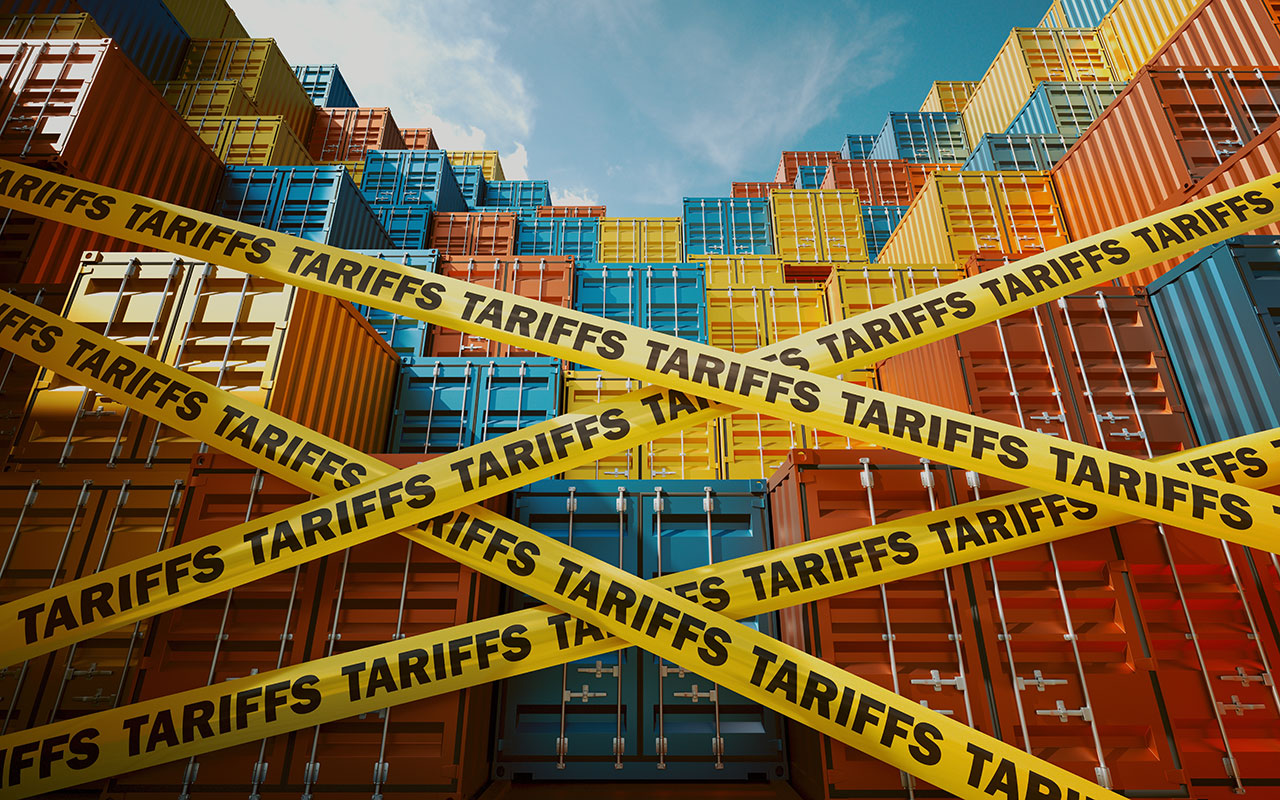Photo: EquitableGrowth.org
President Trump has made one thing clear: he loves tariffs. This stance has become a central part of our current economic reality. While tariffs are often presented as tools to “level the playing field” and protect American industries, they come with real costs—many of which aren’t felt immediately, but rather sneak up on consumers over time.
Republicans, and some business leaders, are quick to defend tariffs with two main arguments:
“We’re balancing out trade.”
“Wall Street has priced in the tariffs—look at the markets, they’re at all-time highs.”
And for now, that may be enough to keep most Americans from asking too many questions. The stock market’s performance acts like a reassuring lullaby, while the real effects of tariffs quietly unfold in the background.
Enter: Shrinkflation
Have you noticed fewer chips in your Doritos bag lately? You’re not imagining it. While the price tag may look the same, the product inside has shrunk.
This isn’t a coincidence—it’s a calculated move by corporations reacting to rising production and import costs, including those driven by tariffs. Rather than increase prices outright (which consumers would instantly notice and resent), companies are taking a more subtle route: giving you less for the same price.
1) This tactic, known as shrinkflation, is everywhere:
2) Fewer M&Ms in each package.
3) Smaller cereal boxes, same price.
4) 12-pack soda cases reduced to 10, still labeled “value size.”
This approach avoids the psychological sticker shock of higher prices, but it still chips away at your purchasing power.
The Slow Boil
Unlike a sharp price hike that forces consumers to make immediate changes, shrinkflation operates like a slow boil. You might not notice the difference from one month to the next, but over time, you're spending more and getting less.
The economic rationale is clear: tariffs raise costs for manufacturers and importers. Those costs get passed down. But instead of hitting all at once, the pain is doled out incrementally.
And while Wall Street celebrates record highs, ordinary consumers are paying more for less—and often don’t even realize it.
Why It Matters
Tariffs may be politically popular in the short term. They’re easy to sell as a tool for protecting American jobs and punishing foreign “cheaters.” But their ripple effects—like rising costs and shrinkflation—are less visible, and far more insidious.
Corporations will continue to adapt in ways that protect their profit margins. And as long as consumers are distracted by stable prices and booming stock indices, this erosion of value may continue unchecked.
But eventually, the weight of these incremental changes adds up. And when it does, we may all begin to feel the true cost of policies designed to win headlines instead of helping households.
Next Time You're at the Store…
Check the net weight. Count the cookies. Compare the ounces. What looks like a good deal today might be yesterday’s product in a smaller box.
Because the cost of goods is going up. It’s just being hidden—one chip, one candy, one cereal box at a time.
